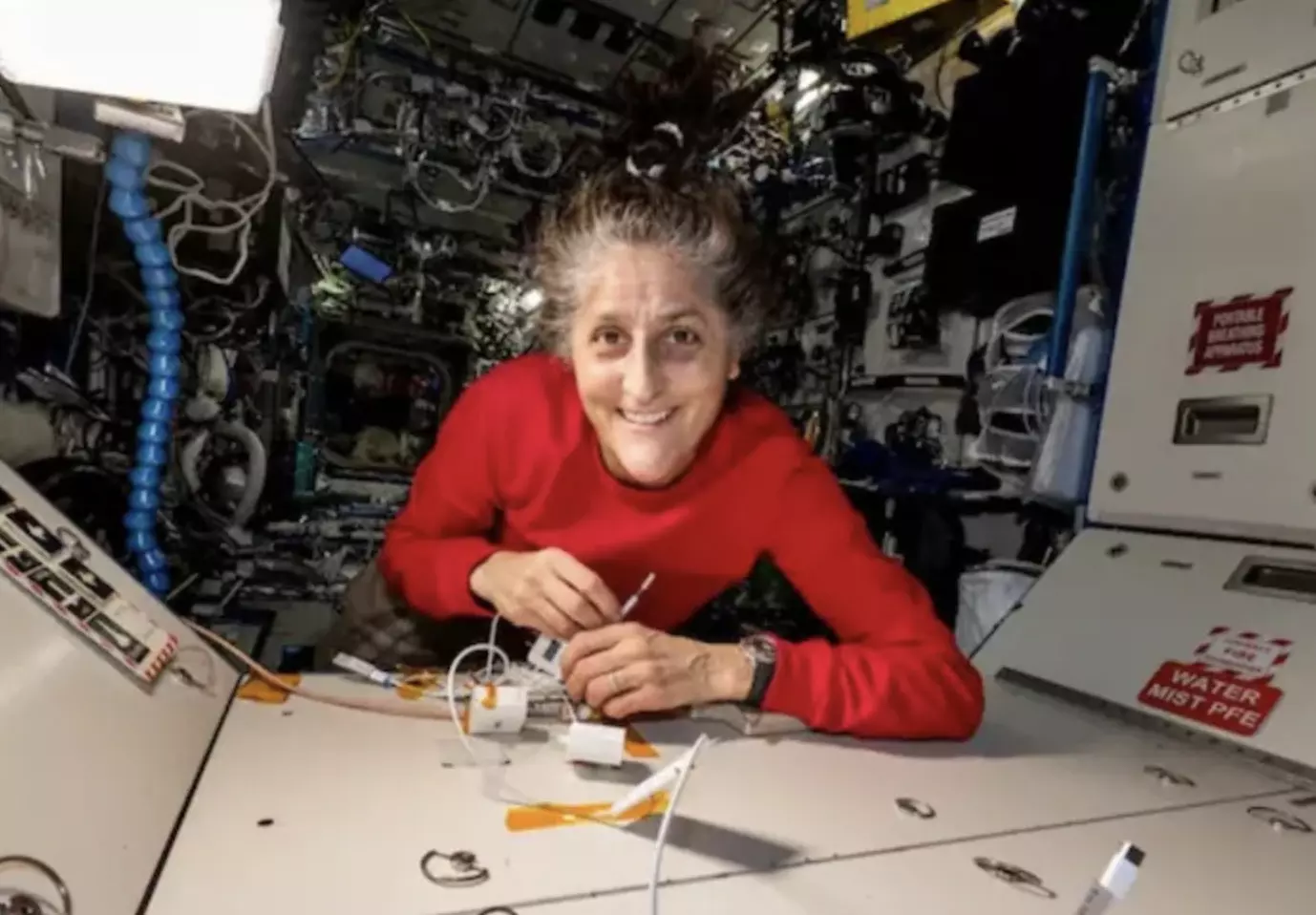Sunita Williams prepares for her first spacewalk of 2025
image for illustrative purpose

NASA astronauts Commander Sunita Williams and Nick Hague are set to carry out the first spacewalk of 2025 on January 16, marking a significant moment in their ongoing mission aboard the International Space Station (ISS). This spacewalk, officially named US Spacewalk 91, will take place outside the ISS and is expected to last about six and a half hours.
The primary objectives of the mission include replacing a rate gyro assembly vital for the station’s orientation control and servicing the Neutron Star Interior Composition Explorer (NICER) X-ray telescope. NICER, which observes the X-ray sky from its position near the space station’s solar array, plays an essential role in studying cosmic phenomena, including neutron stars, black holes, and distant galaxies. This will be the first on-orbit repair of a NASA observatory since the last servicing of the Hubble Space Telescope in 2009.
In addition to their main tasks, Williams and Hague will also prepare the Alpha Magnetic Spectrometer for future enhancements. This scientific instrument is instrumental in advancing our understanding of the universe.
The spacewalk will mark Williams's eighth and Hague's fourth. For easy identification, Hague will wear a spacesuit with red stripes, while Williams will wear a standard unmarked suit.
The spacewalk is part of a series of planned extravehicular activities designed to maintain and upgrade the ISS. A second spacewalk is scheduled for January 23 to continue the work.
These spacewalks are crucial for ensuring the ongoing functionality of the ISS, which serves as a hub for scientific research and international collaboration. NASA will provide live coverage of the event, highlighting the importance of these efforts in maintaining the ISS for future space missions.
Currently aboard the ISS, Williams has shared her joy of being in space, describing it as her “happy place,” despite the extended duration of her mission. Initially scheduled for just eight days, her mission has been prolonged due to technical delays, and she will now remain in orbit for eight months. Nonetheless, Williams remains positive, embracing the unique challenges and opportunities that come with her extended stay.

